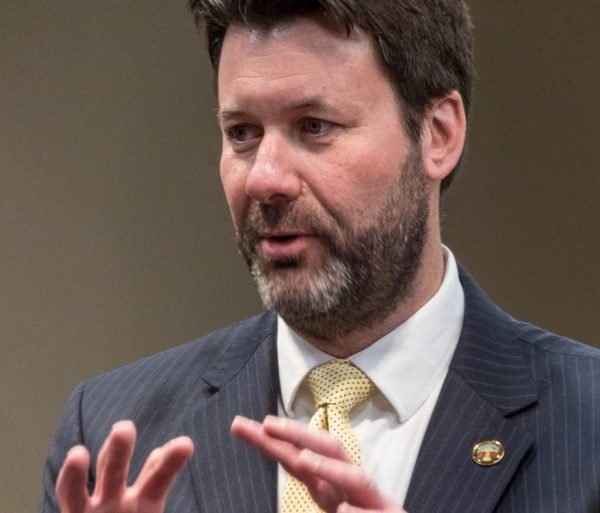Stafford County Commissioner of the Revenue Scott Mayausky recently discussed the notable surge in property assessments in an interview with Potomac Local News Founder and Publisher Uriah Kiser, shed light on its causes and implications, as well as the role of data centers in county revenues.
Mayausky explained that the recent increase in property assessments, with residential homes rising by an average of 13% and commercial properties by approximately 23%, can largely be attributed to the fundamental economic principle of supply and demand. He noted the scarcity of available houses on the market as a driving factor behind the uptick in property values despite prevailing high-interest rates. He said, “I think it is simply supply and demand.”



